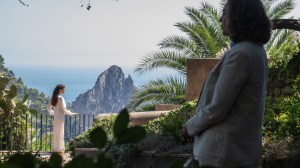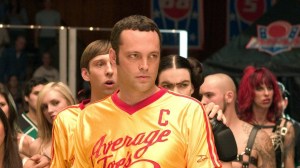Kevin Costner feels Francis Ford Coppola’s pain. Both invested their own millions – “a little under $100 million” for Costner, he told me, and $120 million for Coppola – in ambitious films that no one else would finance. .
“Horizon: An American Saga — Chapter 1” (which debuted out of competition at Cannes on May 19 to a lengthy standing ovation) rigorous these days) landed New Line/Warner Bros. as a U.S. theatrical distributor in what Costner called a “very modest” deal. He added that “Horizon” sold well overseas at Cannes through K5, although it was slow at first.
Coppola still hopes someone will pay him to release his film. Costner is concerned that the author is vulnerable. “There are people who will take advantage of you and I fear people will do that to Francis,” he said. “I’m worried about him too.” I feel like they’re going to do this to him. He is a gentle man who gave us so much to think about and enjoy.
Warners has done an independent revival for the two “Horizon” chapters that Costner has completed so far. Many who have seen “Horizon” (including our own review) think the three-hour “Chapter 1” is a magnificent production, but it is structured like a television series. (His 51 Metascore is here.) But Costner insisted on a theatrical release.
“This is where I belong,” he said. “And I also felt like I had to look at things from a monetary perspective, because I’ve invested so much that I didn’t want to throw away that window. But artistically, I thought it should be on the big screen.
At Cannes, Costner told me he invested $100 million of his own money; This is the budget of the first two films. He told others that he had spent $20 million, deferred his fees ($12 million per film), brought in investors and mortgaged his Santa Barbara home. In any case, he bristled when I suggested he was spending less of his own money than Coppola.
“If I get the fourth, it’ll be over (Coppola’s $120 million),” he said. “People don’t know the reality. “Oh, you know what, I’m happier that these two were made.” And then I know by hook or crook, I’m going to do three. And by hook or crook, I’m going to make four. The truth isn’t really important to many people.
“Horizon” began as a single film in 1988. It attempted to generate interest and funding for a version of the story that launched the film, originally a brotherly duo “Butch and Sundance.” He almost had it made at Disney after his “Open Range” in 2003, but they argued over a $5 million difference in budget opinion. (“I’m not going to work for free,” he said.)
Costner continued to write with collaborator Jon Baird, and over the years the script grew into four stories. One stars Costner as a straight-shooter white knight who rescues a flirtatious frontierswoman (Abbie Lee). He said he plans to add more of his character in the second film, which is scheduled to hit theaters on August 16.
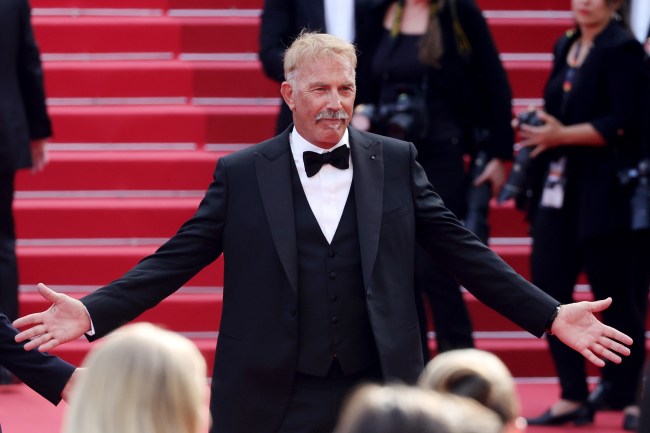
“(In) all the movies that we’ve all watched in the westerns, we always come to a town that already exists,” Costner said. “But there must have been some real trauma at the start because there were people there before who didn’t want to give up the good places. The first natives lived there for 15,000 years, they knew where the good water from the well was, where it was easy to cross the river. So there must have been some conflict over how these cities emerged.
This was the idea Costner pursued. “Which was insane,” he said. “Because the reality was that no one wanted to do first. So what made me think they would want to see four more? And I have to admit that I understand the logic of this. I said, “Well, we have to do four because the story isn’t over until the fourth.” I started filming the third, shot over three days. And now I have to figure out where to get more money to finish it. Costner left the set to come to Cannes.
Costner includes some classic Western female stereotypes in the film, from a widow seeking protection from a man (Sienna Miller) to an enterprising prostitute (Lee). “The place of women in the West was very important to me,” he said. “They were doing drugs there against their will. And most of them all died working to death, if they weren’t killed. They died in childbirth. They died keeping their children clean, feeding them and washing clothes. It was a 24-hour situation for them. This has never changed for about 200 years.
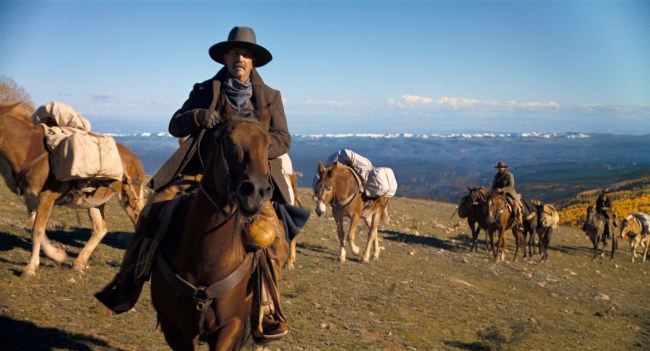
“Sienna Miller needed to find a man immediately,” he said. “In the West, she didn’t care what people thought of her reputation. And it was real in the West. You couldn’t do it alone.
The film is full of delightful actors of a certain age, including a craggy Michael Rooker as a hard-drinking soldier in a cavalry outpost straight out of a John Ford Western. “It was my ode to John,” said Costner, who accepts the description “old-fashioned” as a compliment.
Costner didn’t skimp on details and drove his team crazy by researching remote locations and ignoring the timeline if something went wrong. He collaborates and listens, he says, but everyone knows who’s boss: “Just get the job done.” As for his riding abilities, he is modest. “I’m not a cowboy,” he said.
The best thing in the film is a beautifully realized 45-minute sequence showing a ruthless attack by a local tribe on a new settler town. “Everyone says, ‘You can’t do that,’” Costner said. “And I said, ‘Well, that’s how it was written. And I will do it. There is a heroism in the people who tried to settle here and make peace with their families, only to be destroyed in an act of violence. And these people had every right to attack them. At some point, they would never leave this river they had crossed for hundreds of years.
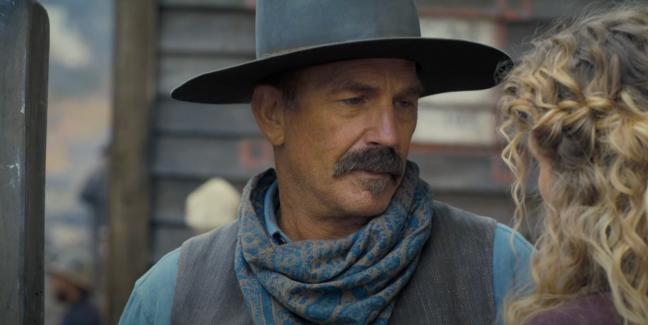
At least in Chapter 1, Costner sheds some light on the history of the region’s native tribes; he said there was more to come in the fourth film. He also received his share of criticism for the revisionist western and 1990 box office hit, “Dances with Wolves,” which won Academy Awards for best picture and best director.
How did the “American Saga” get longer and longer? “For me, as a feature film, I didn’t want people to wait two or three years for a sequel that I was inventing. And so I just want to keep doing them. Regardless of, “Well, let’s look at the economics and see how we do.” It’s safe, but not for me.
Will the public be there to see these films? “We’re in a tough spot,” Costner said.
When Costner teamed up with Coppola in a recent interview, he was thrilled: “He and I were looking at each other. And we both understood that our choices weren’t defined by the things we already had. We can’t let the fear of losing them stop the ticking of our hearts. It’s what whispers to us the loudest. I can’t explain it exactly. I don’t think this film is more important than any other film I’ve made. But it was important for me to achieve it. I never fell in love with it. …And I don’t want to have to answer to anyone.”
